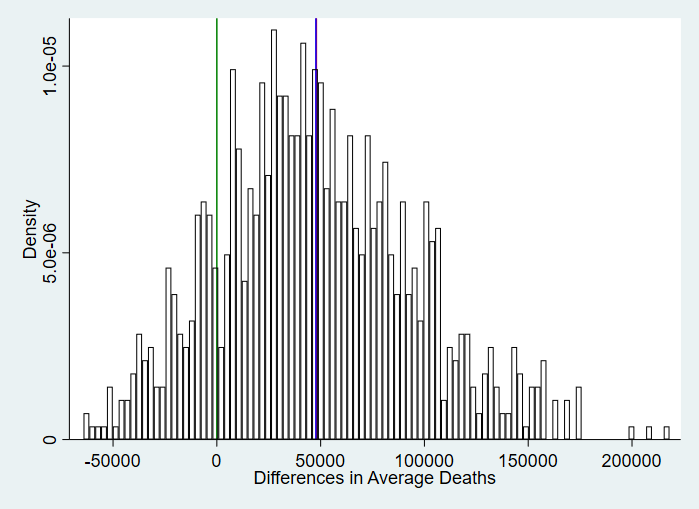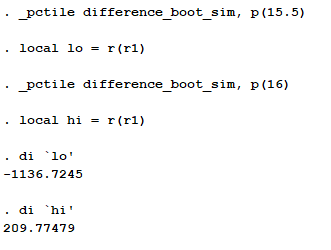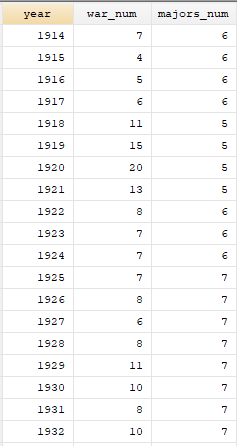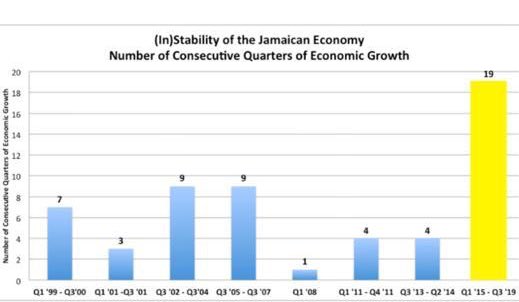How did it go?
[THREAD]
foreignaffairs.com/articles/2019-…
Besides, the data are still useful to teach stats
So much for the *decline* of war, right?
Well, maybe.
(a) re-ran history?
OR
(b) corrected for measurement error?
YES!
In other words, how confident are you in claiming that the post-1945 time period is FUNDAMENTALLY more deadly than the pre-1914 time period?
Was it just a fluke? How would you know?
jstor.org/stable/2958830…
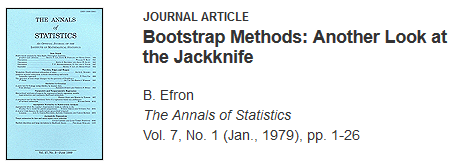
But are ENOUGH above zero?🤔
Ultimately, it's a judgement call
amstat.tandfonline.com/doi/full/10.10…

[END]



